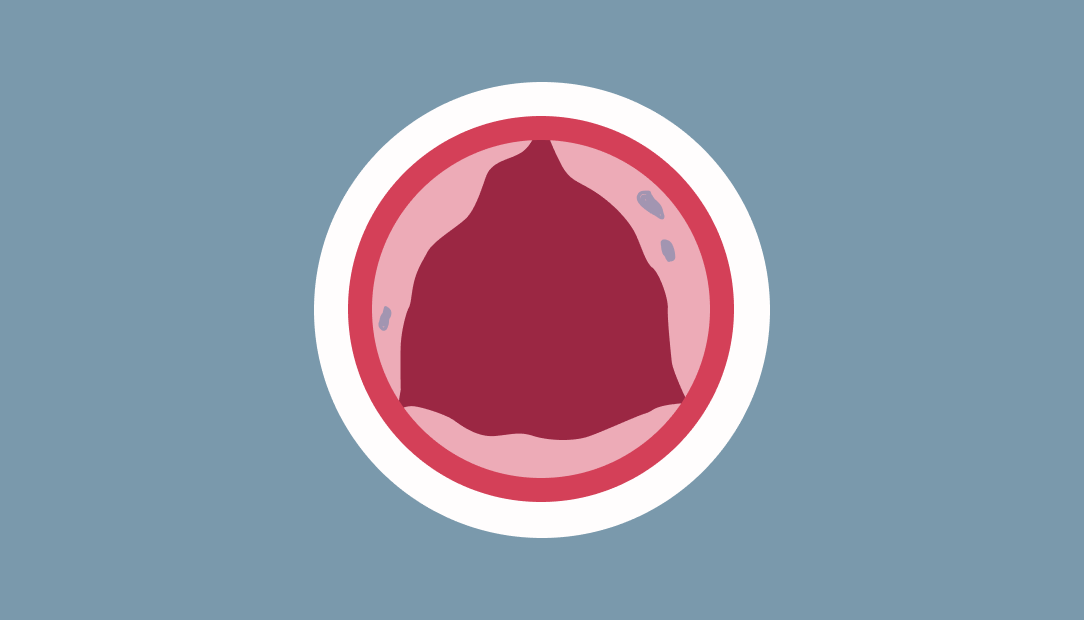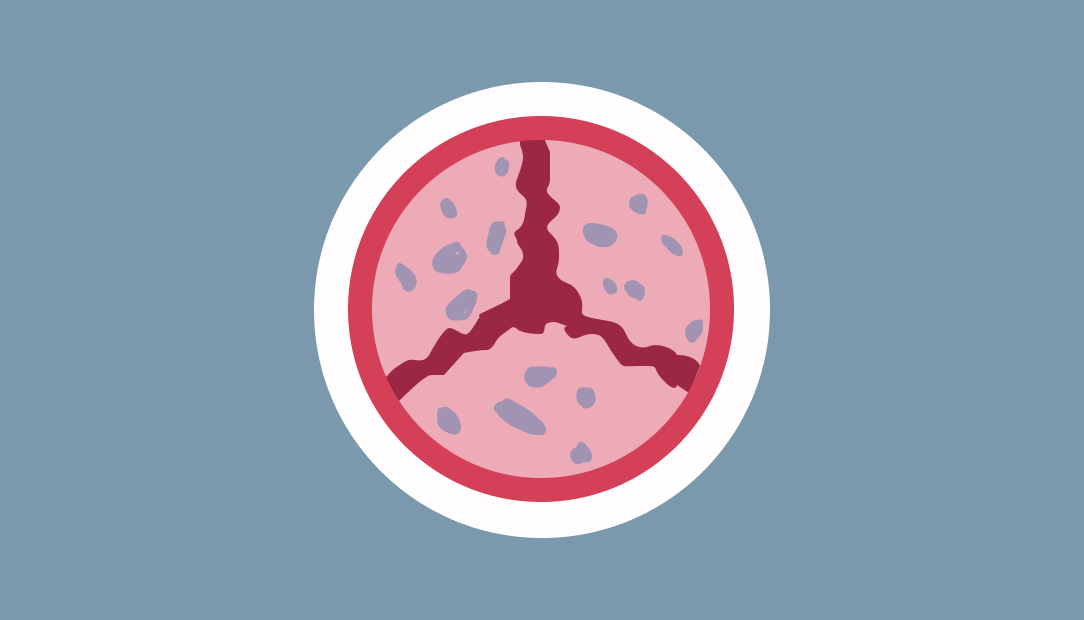Stenosis
The valve cannot fully open and close as it should.
With aortic stenosis, this valve does not function properly.7
Sometimes the leaflets of the aortic valve become stiff, which causes a narrowing of the aortic valve opening. This means the valve cannot fully open and close like it should. As the opening becomes smaller, it makes it harder for the heart to pump blood, which can affect your health.2
Insufficient blood reaching the body causes breathlessness, fatigue and dizziness, among other symptoms.
The valve cannot fully open and close as it should.
The valve fully opens and closes.
Slide to the left to see the difference between a normal valve and one with stenosis
Having hard, fast or irregular beats.
Abnormal fluid accumulation.
Struggling to fall asleep, or having trouble staying asleep.
It starts at a mild stage, progresses to moderate and subsequently, severe stages.6 The stage of aortic stenosis depends on how damaged your aortic valve is.




Join our mailing list to stay informed about heart valve disease, aortic stenosis, and its treatment options including transcatheter aortic valve implantation (TAVI)

Other therapies or treatment options may be available and you should discuss any educational information you access online with your healthcare professional. Appropriate treatment for individuals is a matter for healthcare professionals to decide in consultation with each individual.